Which is more powerful? IMAX film (1570) of the digital 4K laser system? This article is a tribute to the mighty 1570, which cinephiles hope will make a comeback. Read about two outstanding IMAX methods to screen a movie.

1570: A film-based system
The picture below is taken from IMAX Melbourne which has held two IMAX projectors: Digital (laser) and film (1570). However this picture was taken in 2015, so most likely, the only projector remaining is the laser. As stated back then (in 2015): “We’re proud to be one of just a handful of theatres in the world offering dual projection systems: our 1570 Film projector sits alongside our 4K Laser digital system in the projection booth”.

IMAX 1570 ~ 16K of resolution
As IMAX Melbourne elaborated: “1570 refers to the dimensions of the film frame, which is 15 perforations (the small holes that run along the edge of each frame and allow the film to be pulled through the projector) in length by 70mm in height”. This huge film frame allows for a few significant differences in presentation, most notably a much larger projected image and far superior image quality. “It’s often reported that IMAX 1570 Film has a native resolution of up to 16K, far greater than any other film or digital format” IMAX Melbourne stated. Furthermore, full-frame 1570 has an aspect ratio of 1.43:1, which means the image width is 1.43 meters for every 1 meter of height. This is considerably greater than mainstream cinema presentations, which usually display a 2.39:1 aspect ratio. Explore the slide which demonstrates the aspect ratio of the IMAX IMAX 1570:

1570 projectors
According to IMAX Melbourne, the theater installed the 1570 film projector in 1998 when the theatre first opened to the public. In 2015 it was removed from the booth to make way for the brand new IMAX 4K twin Laser projection system, the first Laser projector ever installed in Australia and only the fifth IMAX Laser system in the world at that time. Here’s a very cool piece of information: IMAX Melbourne states that: “Ownership of the 1570 system was retained, and it remained in storage in a ‘you never know’ nod to the future. Just two years later, negotiations with IMAX Corporation resulted in the reinstallation of the 1570 system in time for the release of Christopher Nolan’s WWII epic DUNKIRK (shot mainly in a 1570 film) in July 2017”. Cool! BTW, the 15/70 screening is extremely rare these days (about less than 10-20 theatres worldwide regularly show full-length features on IMAX 1570 Film). Furthermore, rumors indicate that, for Christopher Nolan’s Tenet, there were only 13 15/70 prints playing in the entire world. Everything is digital unless otherwise noted. And another neat fact: The 163-minute INTERSTELLAR film print weighs over 270kg 🙂 Fascinating!

IMAX Laser (Digital)
Laser-based projectors aren’t exactly a new thing. But what sets IMAX’s laser projector technology apart (introduced in 2015) is how those lasers are being used. IMAX technology allows removing the prism and replacing it with a patented ‘IMAX Free Space Light Engine’ which incorporates an Invar frame. This laser apparatus elevates essential screening factors like brightness and contrast. Moreover, not just the image was improved, but the sound was enhanced as well. These are the factors boosted in the IMAX laser system as introduced in 2015 by IMAX:
- Sharpness: Experience incredible detail in every image with a sharper, clearer, and crisper picture that delivers a heightened level of realism on the biggest screens.
- Brightness: Laser brings an increased level of brightness to fill IMAX screens with the most vivid and lifelike images in 2D and 3D.
- Contrast: Dramatically greater contrast levels in each frame provides a level of depth that takes you out of your world and draws you into the movie.
- Color: The widest range of colors available to filmmakers so they can present more vibrant, deeper, and richer colors in IMAX than ever before.
- Sound: Whether it’s a pin drop or feeling the heart-palpating force of a volcano, with IMAX’s next-generation 12-channel sound system audiences will experience a new kind of powerful, immersive sound they can feel.
How much does it cost? Well, the beginning price is $100,000 per digital projector, but since you’ll need two of them (the two projectors work together to achieve maximum levels of brightness and contrast), you’ll need $200,000 to complete the setup. A comprehensive home theater or movie setup will cost between $400,000 and $1,000,000.
To dive deeper into the technology, watch the video below:
IMAX Film vs. Digital
What’re the differences between the two IMAX methodologies, besides technology and operation? Well, basically, the 1570 system (film) offers a warmer, more natural, higher resolution (16K!) image than the laser system, whereas the laser system produces bright and crisp imagery, and it is evenly lit on screen. Check out this fascinating video below by IMAX Melbourne:
So, what IMAX should you choose (if you had the choice)? The traditional and powerful super high resolution 1570 warm film? Or the modern bright 4K laser?
As a tribute to the mighty 65mm format, we’ve created the Y.M.CINEMA 65 which is a special one-of-a-kind gift for cinephiles — explore it on our website.



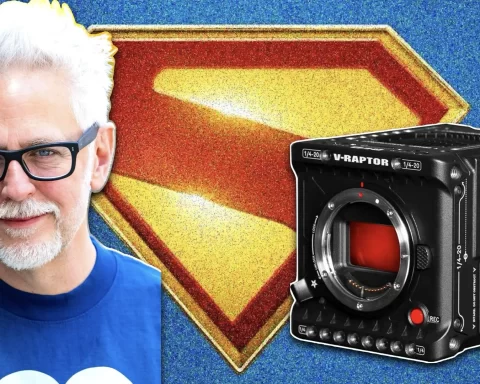
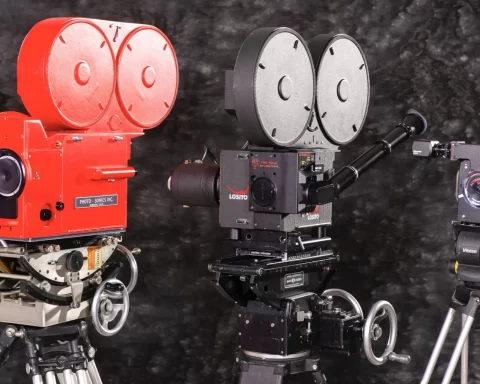
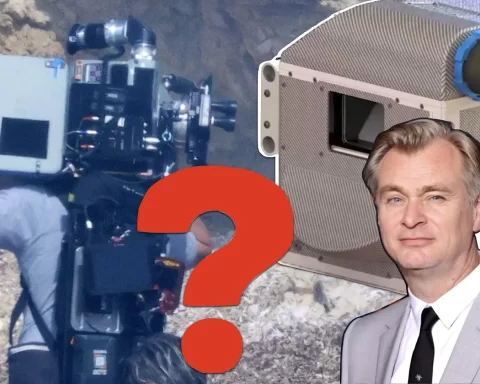

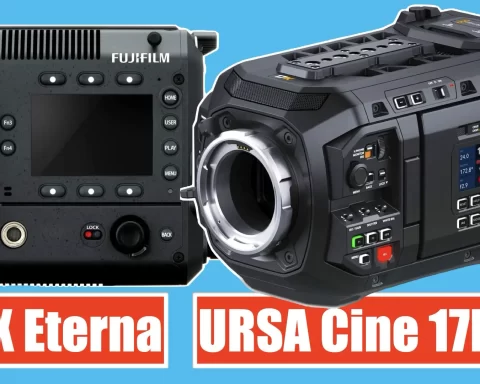


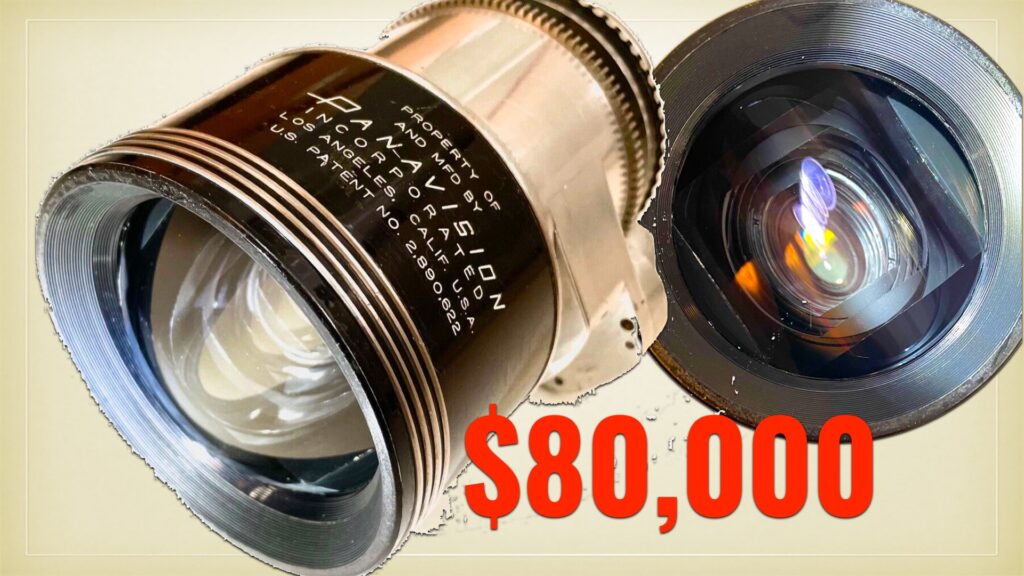

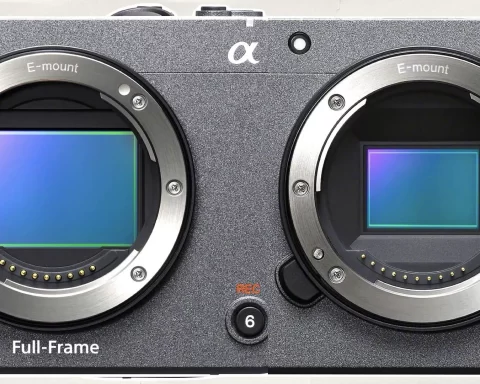

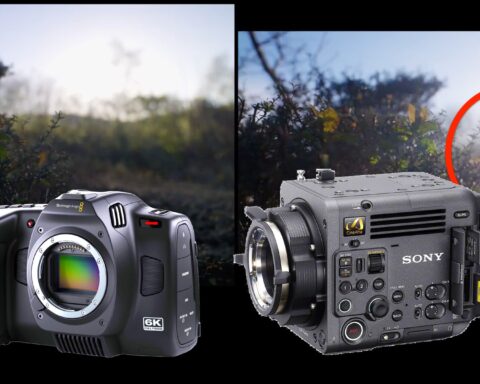
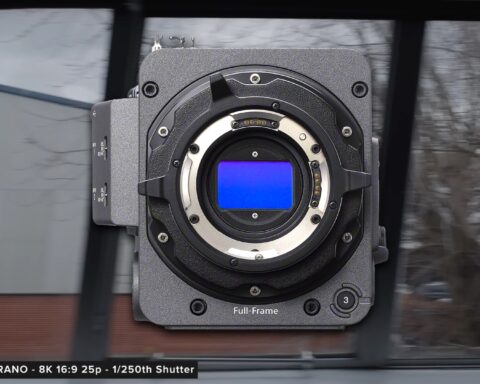
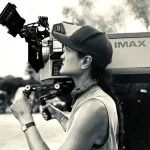
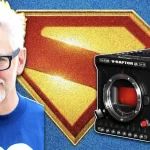
I tried both the IMAX laser and Dolby Cinema with TENET in Amsterdam, while both very good the Dolby proved to be far better thanks especially as a contrast level, also with Dolby You don’t get the silver screen.
IMAX is about immersion and the Dolby screening was better because Pathé Arena is a tiny IMAX screen that shouldn’t even qualify as IMAX. It is 10.4m x 20.4m with 488 seats and single laser. That has far too many seats for a screen that big. In comparison Lincoln Square in NYC which is a world class IMAX has 472 seats and a 23m x 29.8m screen.
Dolby screening will always win if the IMAX screening is tiny because the advantages of a proper IMAX screening are mostly gone.
Also if you ever get to see a true 15/70 film IMAC presentation its a world class experience.
Thanks for your reply!
I can confirm the Pathe Arena Amsterdam is using a dual laser projector setup, however I also tried the IMAX dual laser Orio Center in Italy, one of the biggest screen in the world.
I also tried real IMAX 70mm at Oltremare Riccione, before it closed.
I confirm the Dolby Cinema continues to beat all of them, not only by sound but for image quality also: You can’t beat Dolby Cinema contrast ratio and the vibating screen that compltely removes any speckle trace 😉
IMAX LASER CAMERA PRICES IN INDIA.